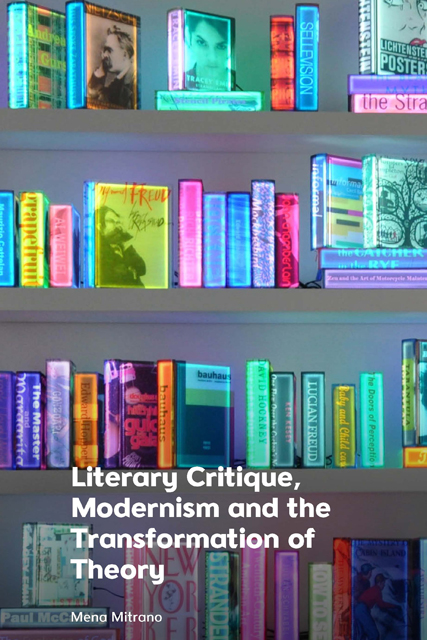Book contents
- Frontmatter
- Contents
- List of Figures
- Acknowledgments
- Introduction
- 1 What is Critique?: Three Types of Indocility
- 2 Theory: Thinking with Literature
- 3 What is a Critic?: Weak Thought, Weak Theory, Italian Theory
- 4 Language: The Return to Saussure
- 5 Tradition: Eliot and Work
- 6 Text and Method: Cixous–Joyce–Lispector
- 7 Poststructuralism: Faith and Lacan
- Conclusion: Depending on Your Neighbor
- Bibliography
- Index
2 - Theory: Thinking with Literature
Published online by Cambridge University Press: 25 April 2023
- Frontmatter
- Contents
- List of Figures
- Acknowledgments
- Introduction
- 1 What is Critique?: Three Types of Indocility
- 2 Theory: Thinking with Literature
- 3 What is a Critic?: Weak Thought, Weak Theory, Italian Theory
- 4 Language: The Return to Saussure
- 5 Tradition: Eliot and Work
- 6 Text and Method: Cixous–Joyce–Lispector
- 7 Poststructuralism: Faith and Lacan
- Conclusion: Depending on Your Neighbor
- Bibliography
- Index
Summary
Overview
In the preceding chapter we have been on the trail of the muse of critique, discovering how resilient it is, how desired and pursued even by thinkers of the present who, rejecting any hermeneutics of the subject, still seem to be receptive to this human figure and its gentle way of turning from established norms. Far from amounting to a clumsy againstness, this movement, as Judith Butler suggests, is contiguous with a moral question—something that the intellect ought to do. In the process, a theme has emerged that now requires proper attention, and that is the contact between literature and philosophy. We have actually seen that part of critique is the defamiliarization of philosophy outside the recognizable boundaries of a discipline with the aim of building conceptual systems. The three types of indocility proposed in the first chapter share a common trait: they shift to a border zone that is neither properly outside philosophy nor inside it. We have seen that for Foucault the question of critique rises at the margins of philosophy, as if to mark those margins, in the neighborhood of the non-philosophical (“What is Critique?” 42); it is a “project” that does not “cease to take shape, to persist, to be reborn on the frontiers of philosophy—quite close to it, quite against it, at its expense, in the direction of a philosophy yet to come, in the place perhaps of every possible philosophy” (42). Adorno’s point in hanging onto a scenario of guilt and debt is the insufficiency of philosophy understood as the realm of the conceptual. Adorno pursues a type of reflection that comes belatedly after philosophy’s missed realization of “the nonconceptual in the concept,” lamenting that “no philosophy can paste the particulars into the text” (Negative Dialectics 12, 11). It is Adorno who explicitly addresses the contact between philosophy and literature, through the larger realm of art, when he construes each of the two fields as the productive outside of the other. For Adorno the immediate outside of philosophy is art, but “both keep faith to their substance through their opposites,” art by resisting its meanings and philosophy by “refusing to clutch at any immediate thing” (15). “What the philosophical concept will not abandon is the yearning that animates the nonconceptual side of art,” he writes (15). The desire coming from outside a discipline influences the constitution of another.
- Type
- Chapter
- Information
- Publisher: Edinburgh University PressPrint publication year: 2022



